Have a question?


Though small, Portugal is a fantastic place to visit and packs a huge punch! From taking in incredible views across mountains and coastlines to exploring ancient palaces, to eating amazing food and drinking top-notch wine, here are 20 things that locals recommend checking out in Portugal.

Portugal’s shores are teeming with fresh fish, and Portuguese chefs make endless use of their swam-in-the-ocean-yesterday ingredients. If you love shellfish, our local trip planners suggest Ramiro in Lisbon for the giant lobster (they say to go at lunch to beat the hungry crowds). In Porto, locals recommend trying deep-fried octopus at O Bom Talher.

You may associate good surfing more with Australia or the Caribbean than with Portugal. But superstar surfer Garrett McNamara set the world record for the largest wave ever ridden along the Portuguese coast at Nazare, just north of Lisbon!
Even if you aren’t big on surfing, sinking your toes in the sand is a must while visiting Portugal. The country’s southernmost region, the Algarve, is a prime destination for those who want to comb the beach or ride a wave.
Our trip planners tell us that Lagos, replete with white-washed walls and dramatic cliffs, is a popular choice. (If you're looking for something less well-known, you can always ask for more off-the-beaten-path suggestions!)
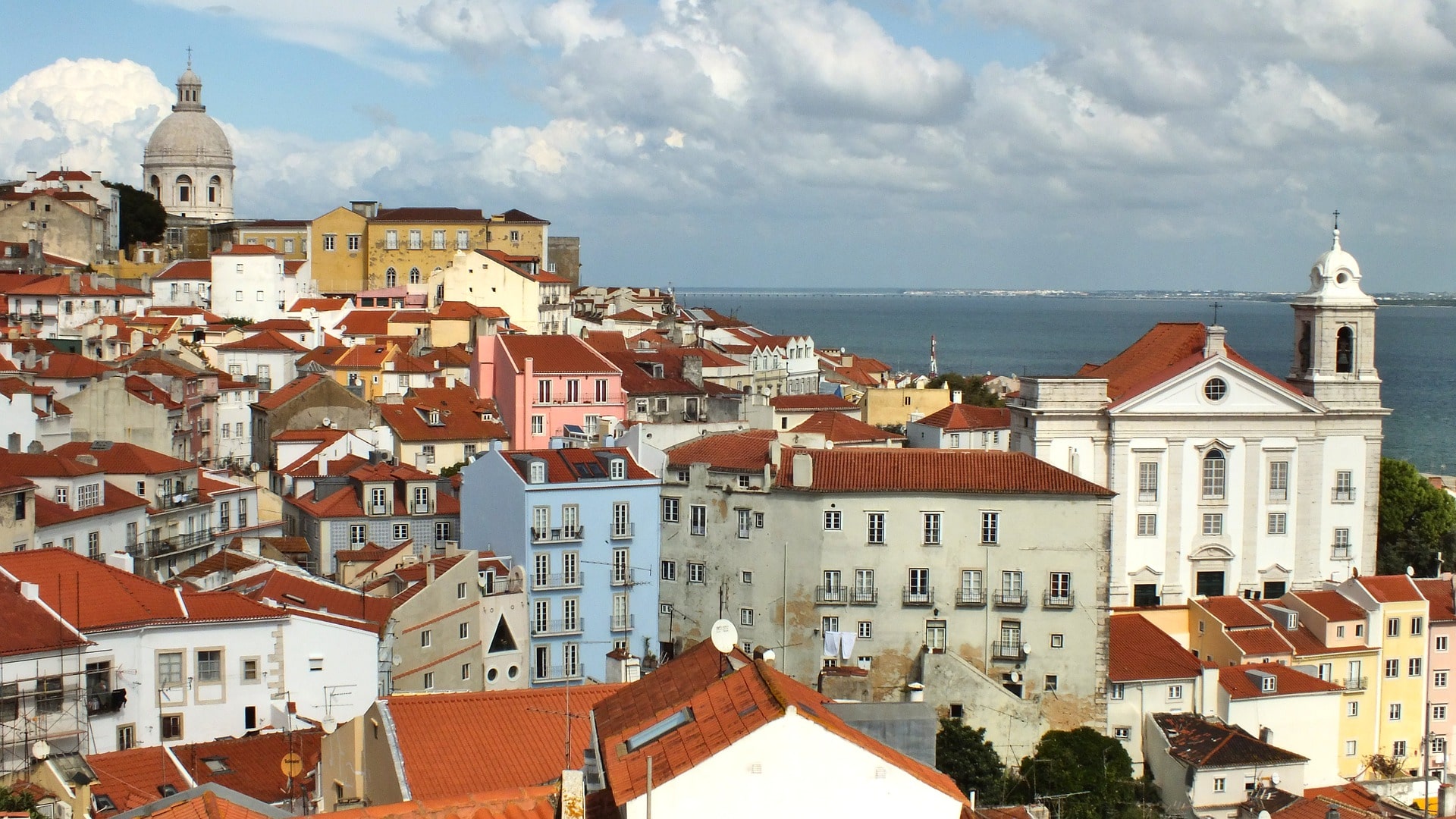
Locals recommend giving yourself the freedom to get lost in the Alfama neighborhood, one of Lisbon’s coolest places to hang out. Traverse the tangle of twisting streets that comprise one of the city’s oldest districts and you’re bound to uncover hidden gems. Discover cafes in quiet courtyards shaded by flowering vines and catch spectacular glimpses of the sea sandwiched between red-tiled roofs and an azure sky.
Since Alfama has become so popular in recent years, you’ll find plenty of tourist traps, so make sure to get suggestions from our trip planners to add spots to your itinerary that only locals know.
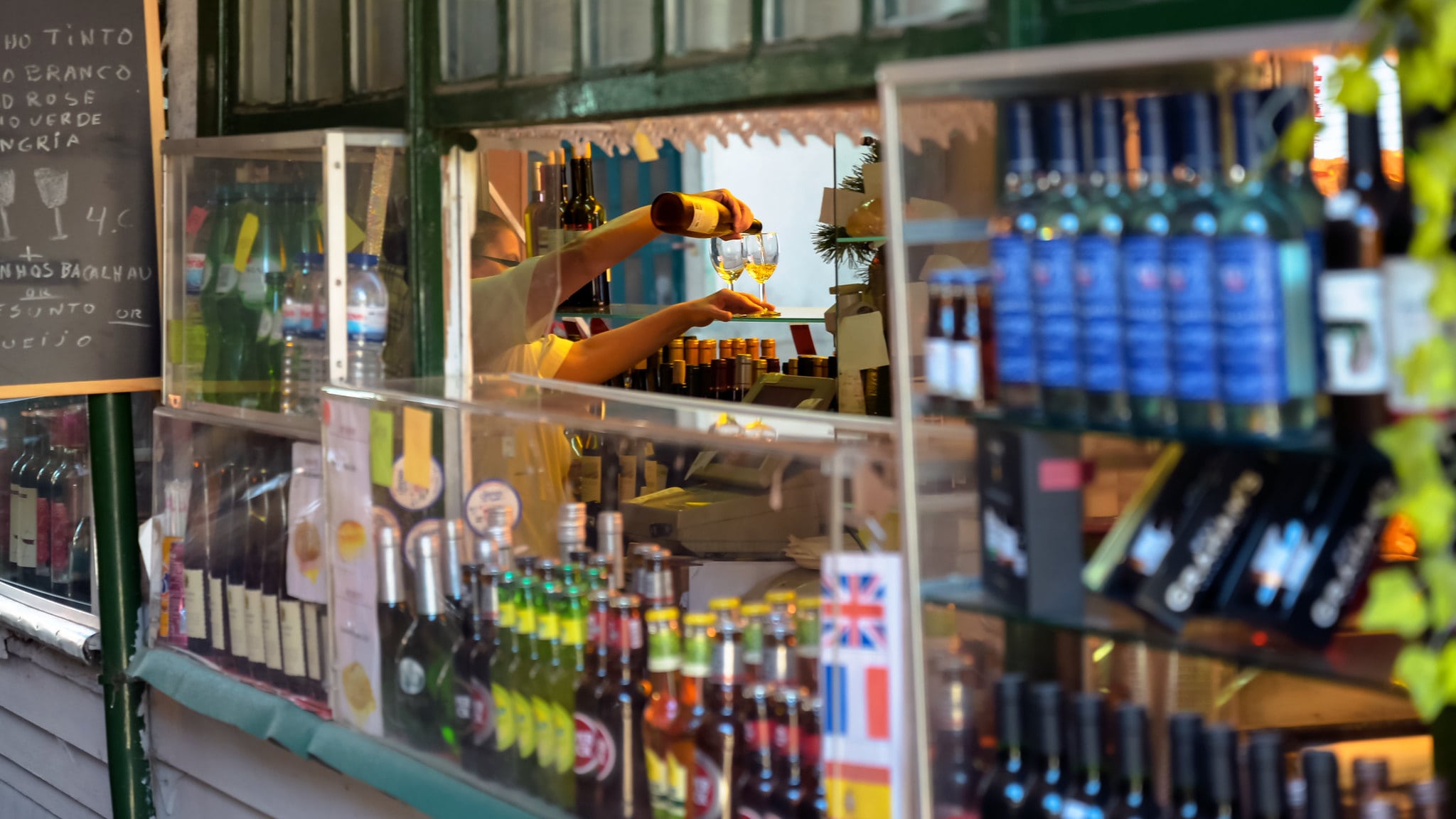
On the banks of the Douro River lies Porto, Portugal’s second-largest city. Porto gave one of the country’s biggest exports its name: port wine. Just like a glass of bubbly can only be called champagne if it truly hails from the famed French region, fortified wine can only be called port if it comes from Portugal’s Douro Valley. Interestingly, the demarcated wine region starts nearly 40 miles east of Porto and does not include the city itself.
If you previously thought of port as a one-note wine—sweet, syrupy, and only to be enjoyed with Christmas dessert—locals tell us a visit to Porto or the Douro Valley will change your mind. From sweet to dry, ruby red to white, port has many variations in taste and color.

Our local trip planners say that one word you should know in Portugal is miradouro. In Portuguese, miradouro means “viewpoint” or “overlook”—and the country is packed with them. Because Portugal is both mountainous and coastal, you’ll have no trouble finding tall hills from which you can admire sweeping vistas of the glimmering Atlantic Ocean, the neatly curved rows of a nearby vineyard, or a maze of centuries-old, red-tiled city roofs.

Remember those miradouros we mentioned? They’re beautiful and Instagrammable, but they’re also at the top of hills. Steep hills. Luckily, you don’t need to spend months training on the Stairmaster to enjoy Lisbon’s labyrinth. Take the iconic yellow no. 28 tram through the Alfama neighborhood’s historic streets. It’ll drop you off near the castle, which should definitely be on your Lisbon bucket list, allowing you to save your energy for the last push to the summit.
However, locals advise caution, since this route is a favorite of tourists it attracts crowds as well as pickpockets.
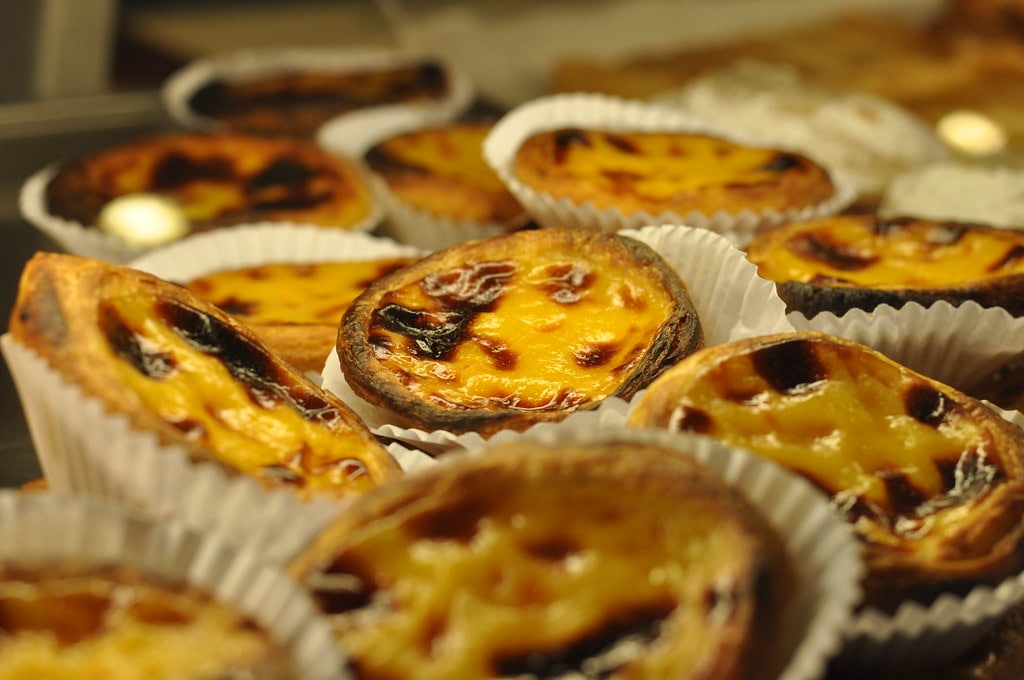
Lemony and smooth, pastéis de nata (the plural of pastel de nata–cream pastry) are a Lisbon must-do for anyone with a sweet tooth. This egg tart pastry was invented by Catholic Monks looking for a way to use up egg yolks. Why did they have so many creamy yolks available? The egg whites were used for starching clothes. So, you have a monk’s crisp robe to thank for these delicious treats.
Head straight to the source at Lisbon's Pasteis de Belem, a pastry shop next to the Mosteiro dos Jeronimos monastery and very nearby the Belém Tower, one of the best places to visit in Lisbon, where the tarts originated. This store maintains a secret recipe, so its egg tarts are distinguished by the name pastéis de Belém. Locals reassure us that pastéis de nata, however, can be found at bakeries throughout the country.
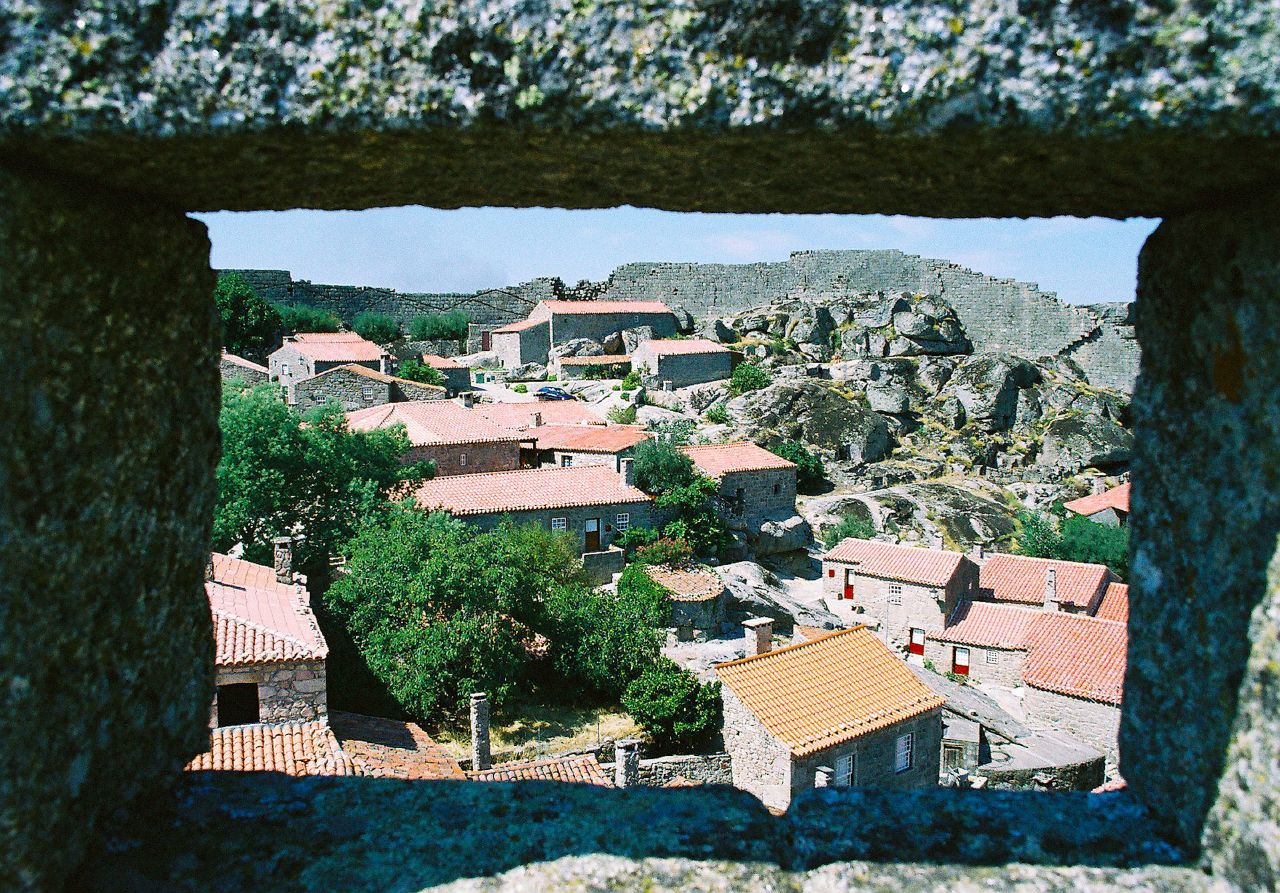
Visiting the medieval village of Sortelha makes it easy to envision what life was like centuries ago. Explore the town’s cobbled streets, Gothic stone houses, and feudal castle. Enclosed by the village's fortified wall, Sortelha is an amazingly-preserved relic of a time long ago. Built by King Sancho II in the 13th century, the village’s castle protected Portugal’s eastern border from Spanish invaders. Locals suggest climbing to the top for a stellar view.

A short drive northwest of Lisbon is Sintra, a city made popular by Portugal’s rich and famous. Visit the Palace of Sintra to see how Portuguese royalty lived as far back as the 1400s, and marvel at its white, cone-shaped towers. This medieval royal residence is just one of many immense, opulent palaces to be found in the city’s glamorous hills.
In the late 18th century, Sintra emerged as a fashionable retreat for Lisbon’s elite. To escape the city’s heat, they traveled to the cooler climates of the Serra de Sintra to build their summer homes—and these mountainside retreats are anything but rustic. Admire the colorful mishmash of architectural styles at Pena Palace, the underground grottoes at Quinta da Regaleira, or the intricate latticework at the Moorish-influenced Palace Monserrate.

Pilgrims have flocked to Bom Jesus do Monte, just outside the northern city of Braga, since 1373. The sanctuary, whose name translates to “Good Jesus of the Mount,” is perched on top of a picturesque mountain. Many pilgrims climbed the nearly 600 stairs to the chapel on their knees, a grueling effort meant to prove their faith. Today, visitors opt for a more leisurely course. Stroll the zig-zagging stairways to admire the many architectural details, like the fountains dedicated to each of the five senses. A return ride in a funicular with sweeping views of the historic city below is a perfect reward for the climb.

Portugal is a seafaring country and its connection to the ocean runs deep. Fittingly, the Portuguese capital houses the incredible Oceanário de Lisboa aquarium. The main exhibition is a vast tank, two levels tall, that showcases more than 100 different sea species.
Called “One Planet, One Ocean," the exhibition aims to show visitors that, although there may be many names for the world’s waterways, there is only one global ocean. And with so much of Portugal’s economy tied to the sea, it’s no wonder that Oceanário de Lisboa serves as a passionate proponent for conservation.
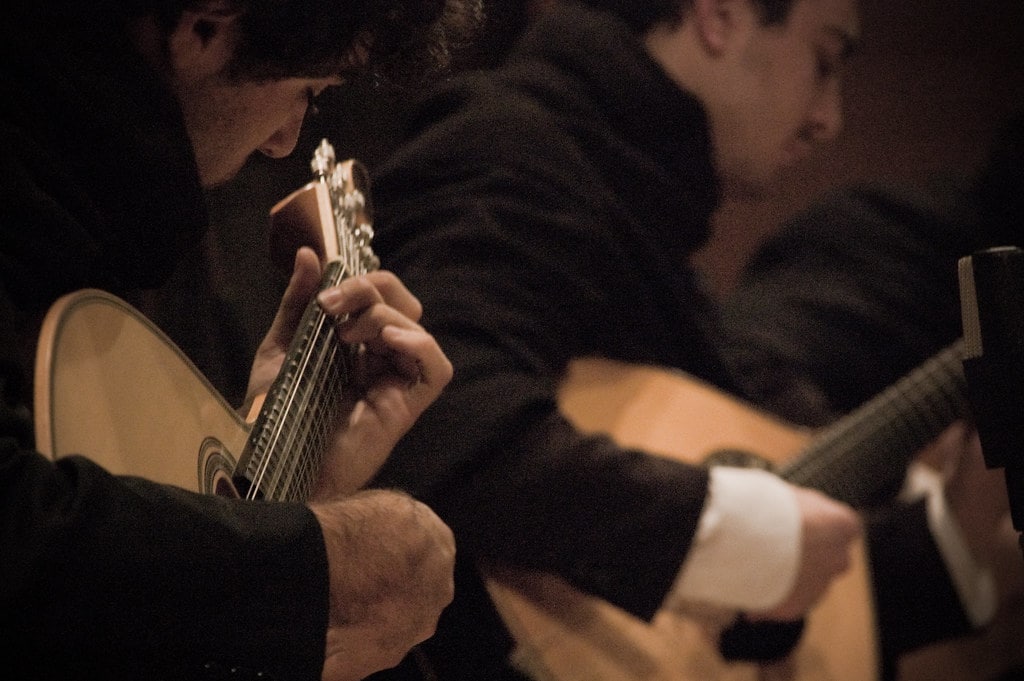
Originating in the early 19th century, fado music is Portugal’s traditional folk genre. Locals say that in Alfama, you’re guaranteed to hear a mournful fado melody as you wander the streets. Alfama was once home to the working class—particularly sailors and shipyard workers. Fado arose as an emotional outlet for these marginalized citizens.
The singing is raw and the artist’s emotions are on full display. Locals suggest visiting the Mueso do Fado to learn more about the history of this unique cultural heritage.

You’ll never go thirsty in Lisbon thanks to its ubiquitous quiosques de refrescos. Locals tell us these refreshment kiosks can be found throughout the city offering hot and cold drinks and a shaded place to linger.
Many of the kiosks date back to the 19th century. However, during the reign of Salazar, gathering in public was discouraged and the kiosks fell into disrepair. After years of abandonment, local entrepreneurs decided to revive the kiosks. While you’re likely to find a nice selection of refreshing drinks on every menu, each kiosk has its own personality and specialty.

Yes, J.K. Rowling is British. So, why is the inspiration for Hogwarts rumored to be in Portugal? Well, Rowling taught English in Porto for several years. And while there, she was a regular customer of Livraria Lello, a stunning bookstore whose grand staircases inspire all who enter—perhaps even the author of the best selling Harry Potter book series herself. Whether you’re a Potterhead looking to verify the rumors, a bibliophile in search of first editions, or simply looking for one of the best places to visit in Porto, this spectacular bookstore is not to be missed.
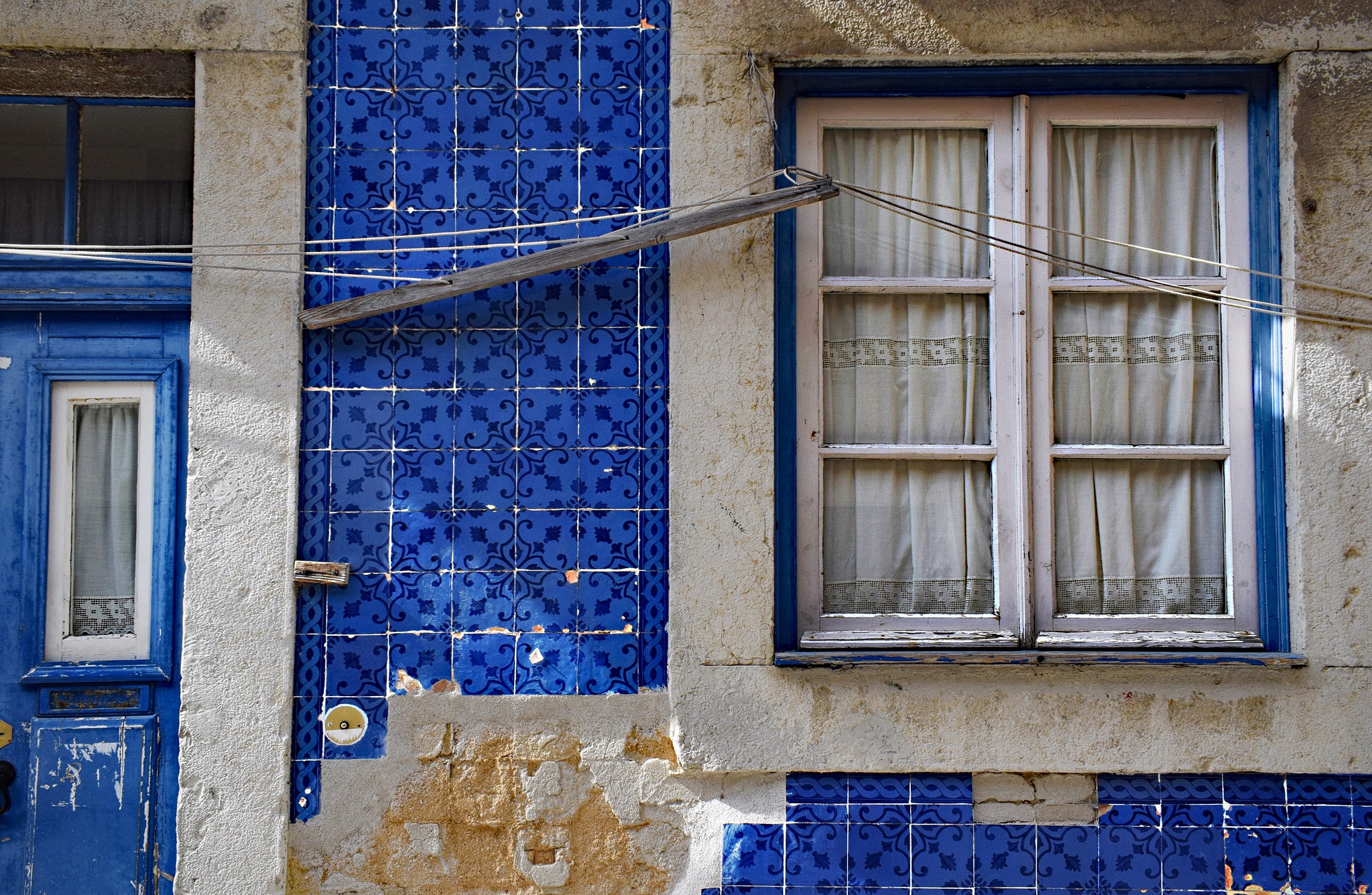
Throughout Portugal, you’ll notice beautiful and vibrantly painted tiles called azulejos. In the 15th century, much of Portugal was under Moorish control—and azulejos (so-called because most tiling was blue at the time) are a lasting legacy of this period.
From entire houses tiled with blue-and-white geometric patterns to the large tiled murals in Portugal’s metro stations, building with azulejos is a Moorish art form very much alive in modern Portugal. Get your camera ready and capture your favorite azulejos as you tour the country. Or to learn more about their historical significance, locals suggest paying a visit to Lisbon’s Museu Nacional do Azulejo.

Though technically the Douro river does not run through Porto, but rather along its southern border–dividing it from the city of Vila Nova de Gaia–the water, its bridges, and the hills such a valley creates, make Porto the ever-so-charming city that it is.
The most famous and perhaps most dramatic of the five bridges spanning the river is Dom Luís I. Prior to its completion, Gustave Eiffel actually put in a bid for a different design but it got rejected. And, when it was completed in 1886, it was the longest bridge of its type in the world.
You could crisscross the city all day, trekking up and down valleys from viewpoint to viewpoint, but if you want to make sure you hit all of the best spots along the way, or if you’d prefer to book an awesome tour so as not to sacrifice your legs, get in touch with Project Expedition for help making it all happen!

From baking your very own Pastel de Nata to learning how long to soak salted cod in order for it to be ready to prepare, there is a lot to learn about Portuguese cuisine. Gather all the tips and tricks to take home with you and use them to impress your friends.
Locals in Lisbon suggest booking a cooking class, which offer authentic experiences including the possibility to visit markets before diving into the prep work (do pay attention to what language these classes are taught in).

Even though you’ll need to spend about two and a half hours in the air from mainland Portugal to get there, the Azores is very much a part of Portugal. And, since you’ll be headed just about due west, these islands are even easier to access from the east coast of the US than Portugal itself–or they make an excellent halfway point to kickstart your vacation!
Made up of nine islands, the main population center is on Sao Miguel Island. You can get from island to island by plane or boat, but each has plenty to offer and there’s no need to move too quickly between them!
Try out a bath in a hot spring, climb to the top of a peak, or go canoeing in a lake. The Azores has loads to offer and if you’re not quite sure where to start or what to prioritize, ask Project Expedition for guidance and tips!
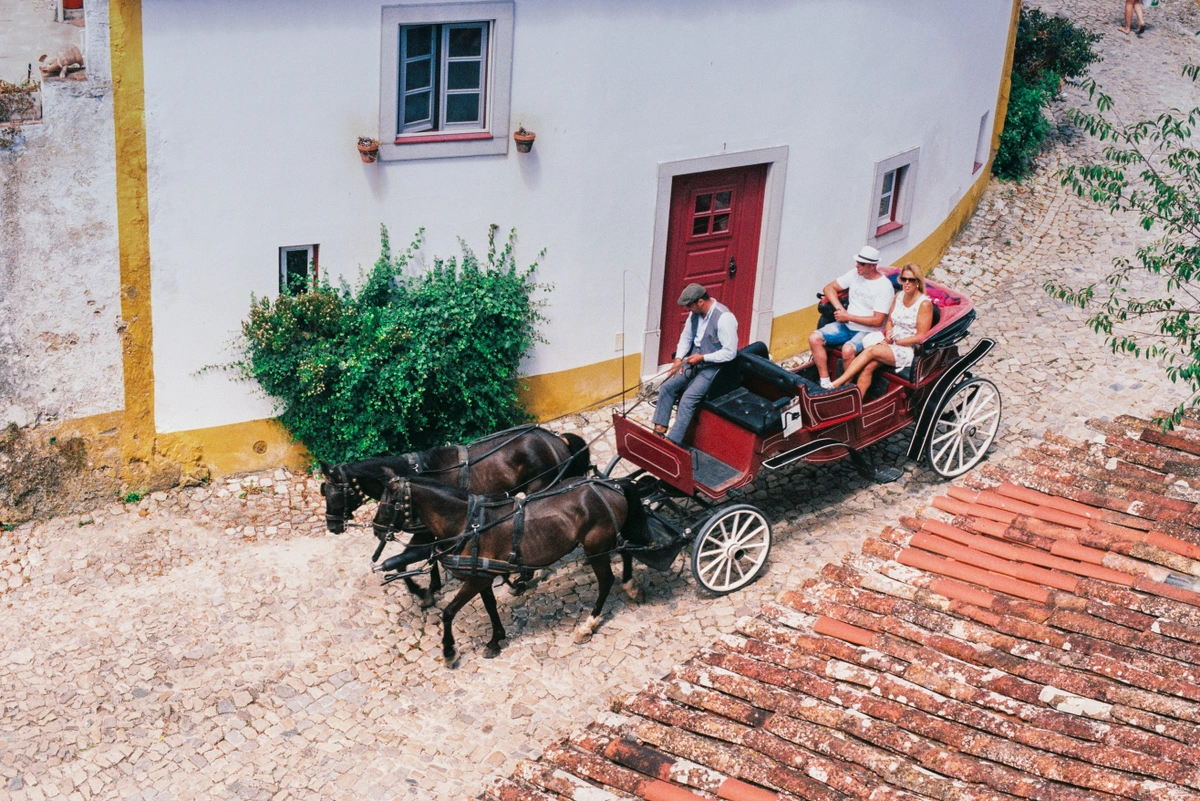
O.K. Porto and Lisbon are bucket list-worthy destinations, but what about all of the in-between spots? Portugal is brimming with delicious villages and towns where life is a bit slower and quieter. Laundry hangs from windows, cats peek around cobblestone street corners, and residents gossip in the sunshine.
There are not-so-secret spots like Tavira and Óbidos but the best way to discover other small population centers is to just wander. While the train network in Portugal works quite well, a driving tour would allow you to really take in the landscape and beauty.

The Azores is not the only Portuguese island, Madeira is actually closer, taking less than 2 hours to fly to from Lisbon. While you may not have ever heard the name of this stunning island before, you’ll likely know some of the things it’s produced. One of the most famous is Cristiano Ronaldo. The second is wine–which was actually the type of wine served to celebrate the signing of the Declaration of Independence.
Football (soccer) and wine aside, Madeira has heaps to offer. From lush fresh fruit and flower markets to botanical gardens, epic viewpoints, and picture-perfect surf breaks.
As you can see, whether it’s sunshine and surf, mountains and wine, or delicious food you desire, you’ll find it in Portugal. So, Ready to book your trip? Make sure it’s everything you dreamed of and more with the help of Project Expedition.
How should we contact you?
Call
Thank you! We'll get back to you as soon as possible!
Click to register and track your question!
If you would like to follow up with us:
+1 (855) 782-3006